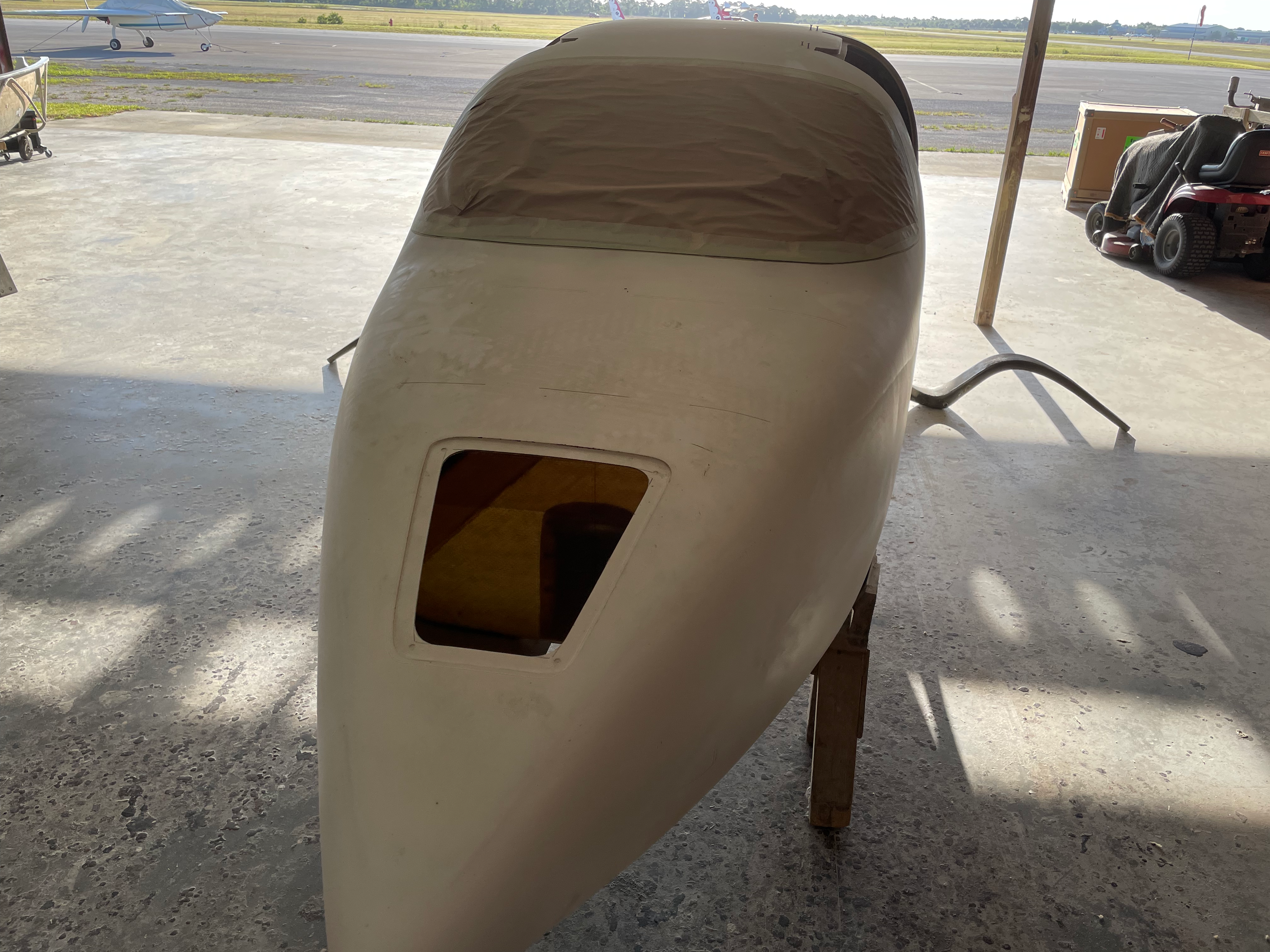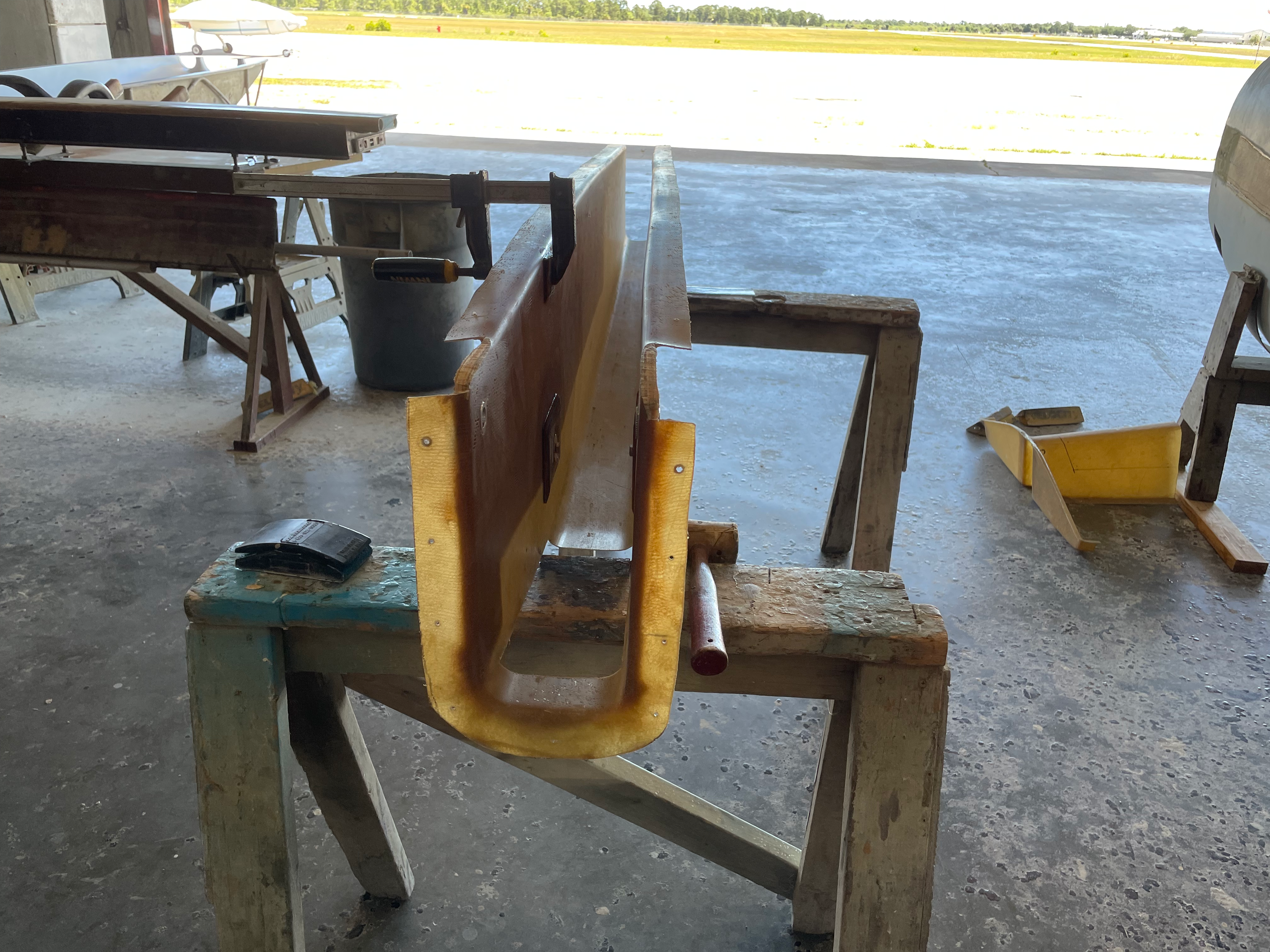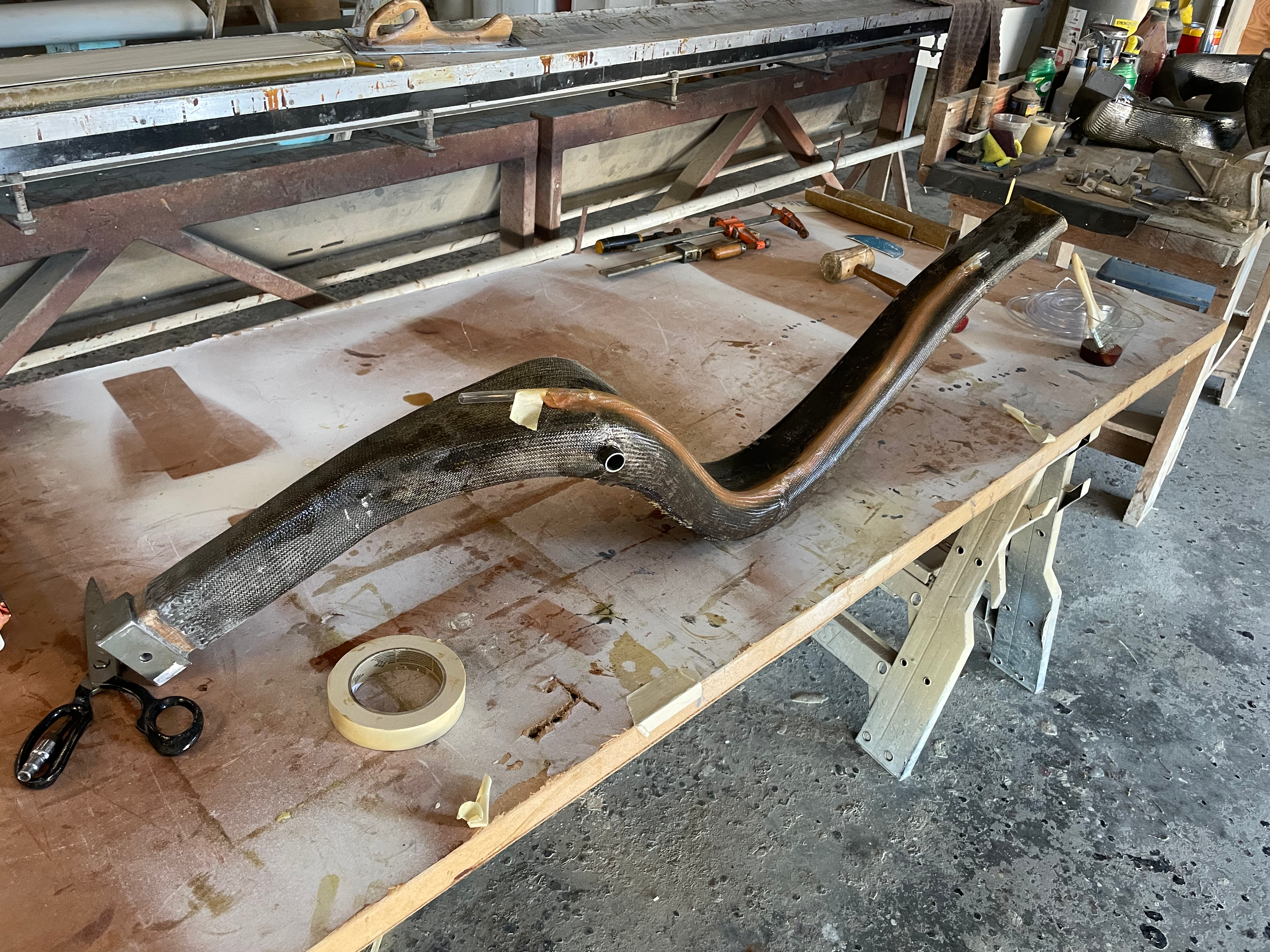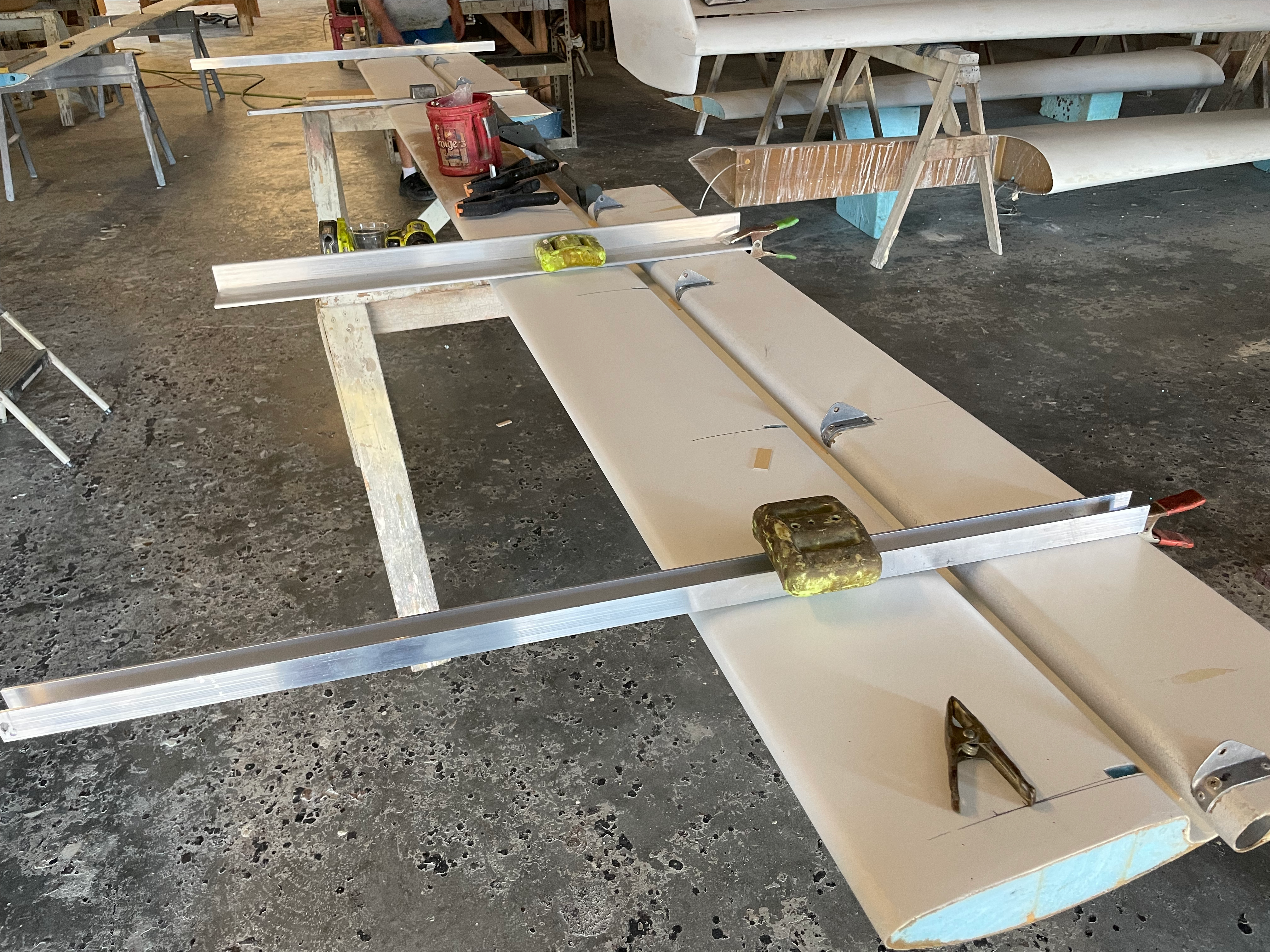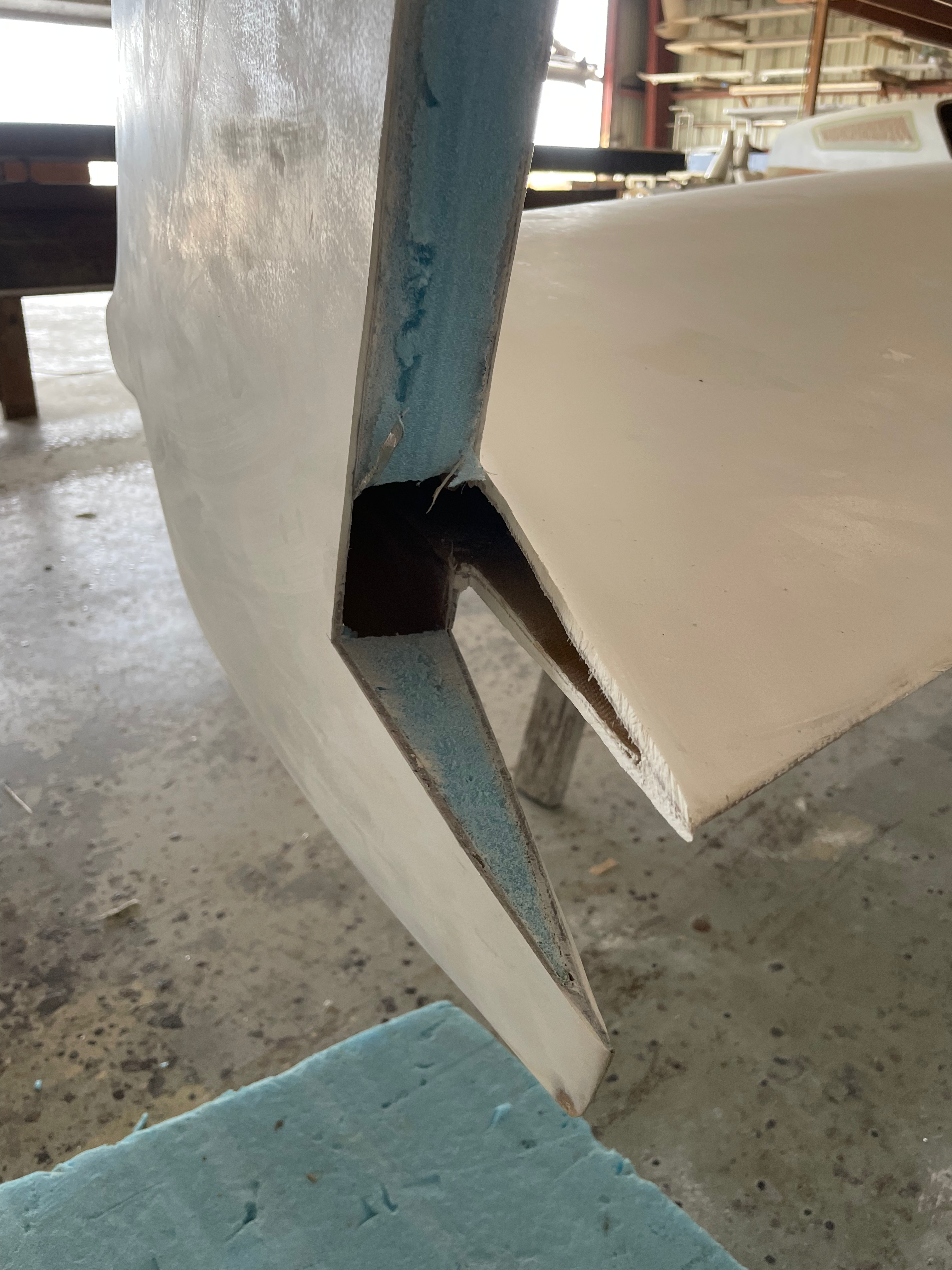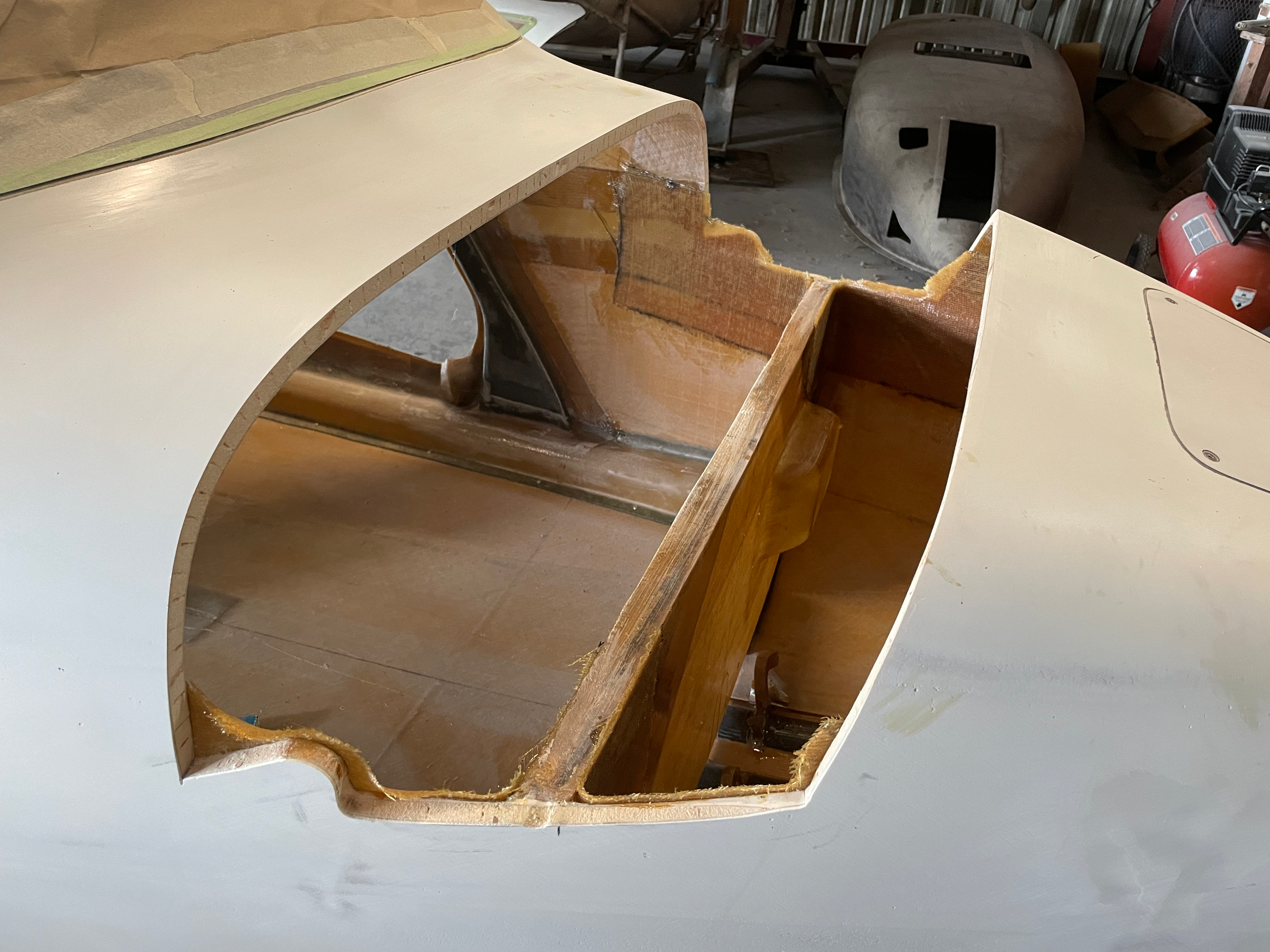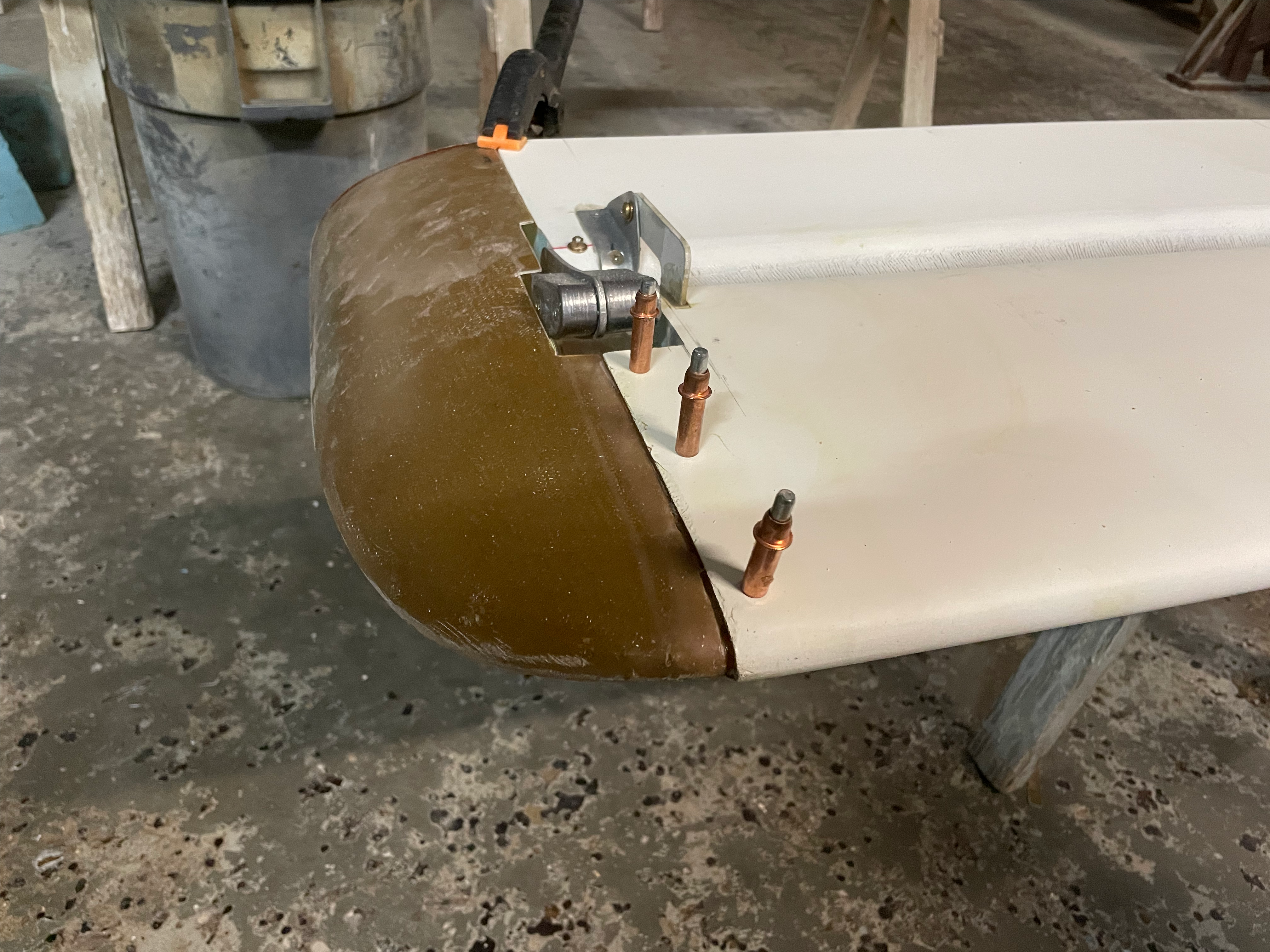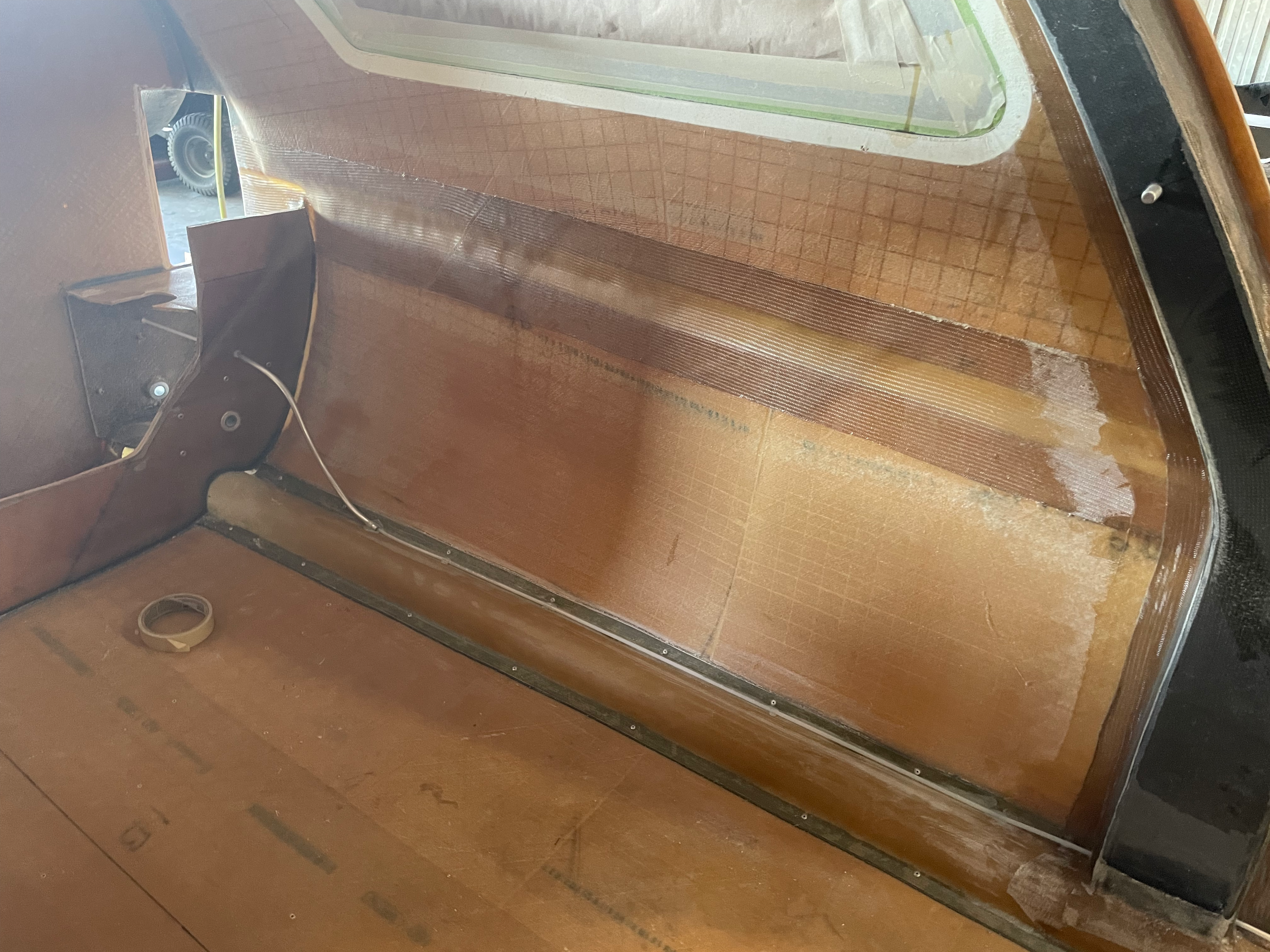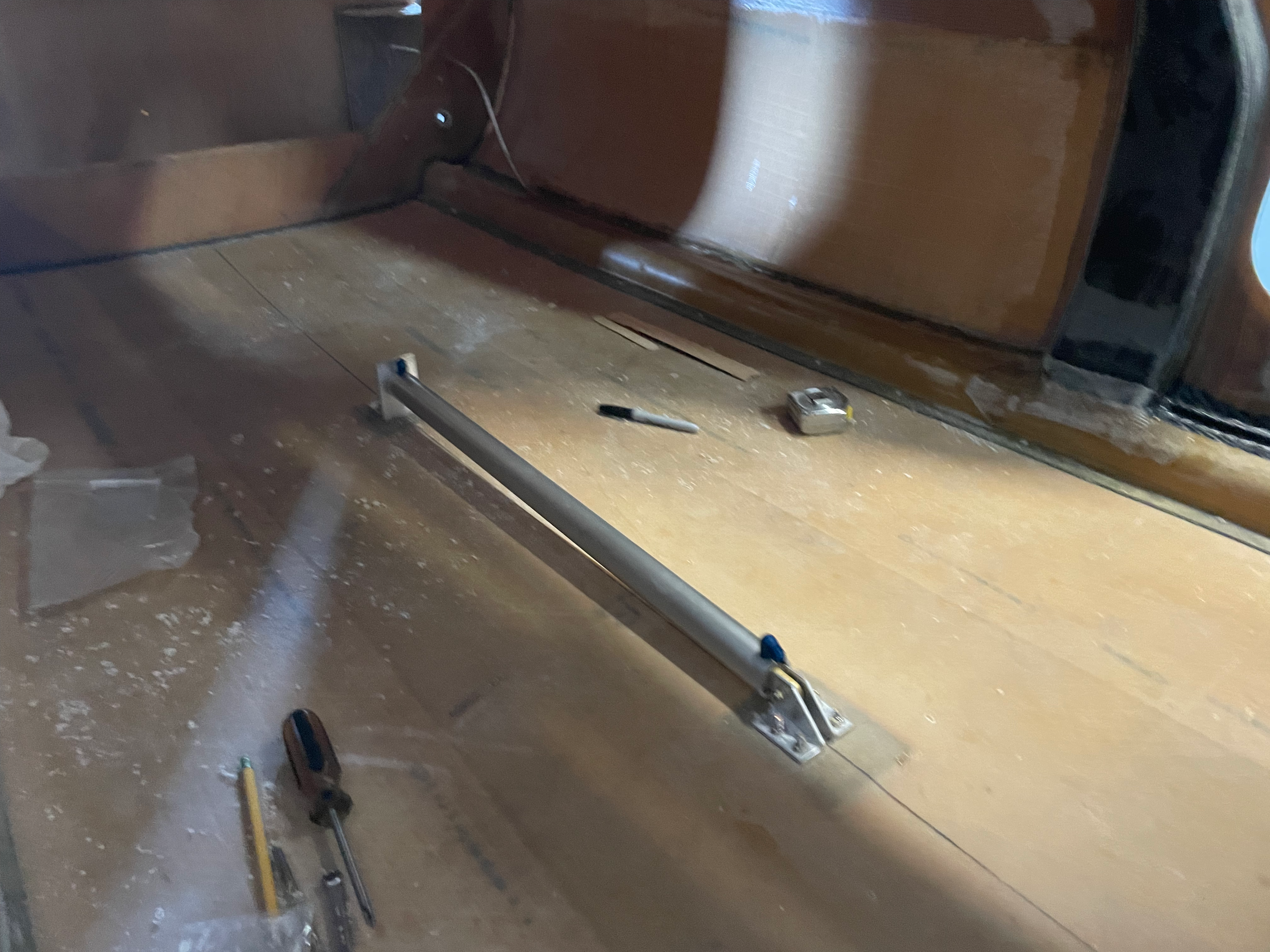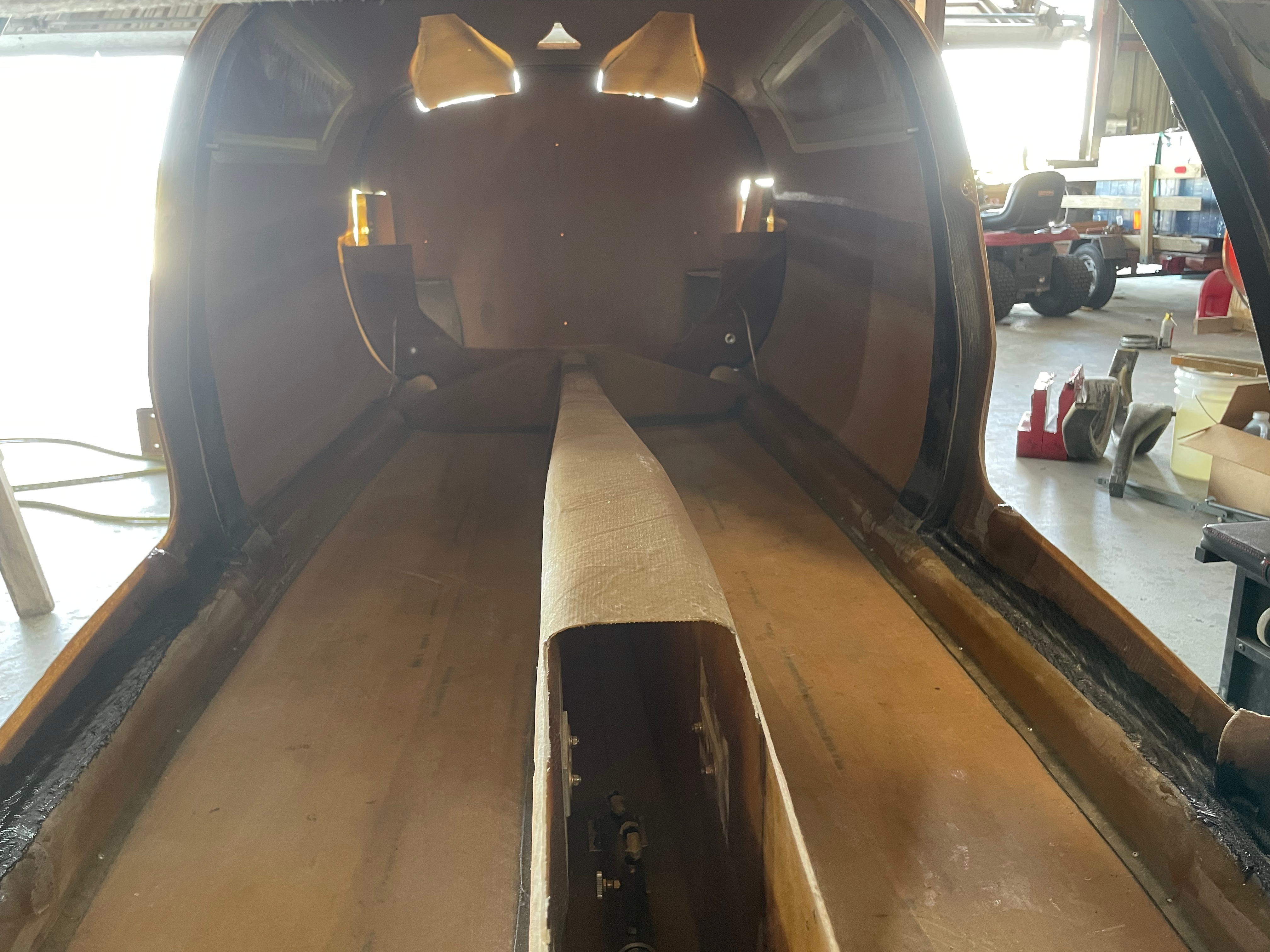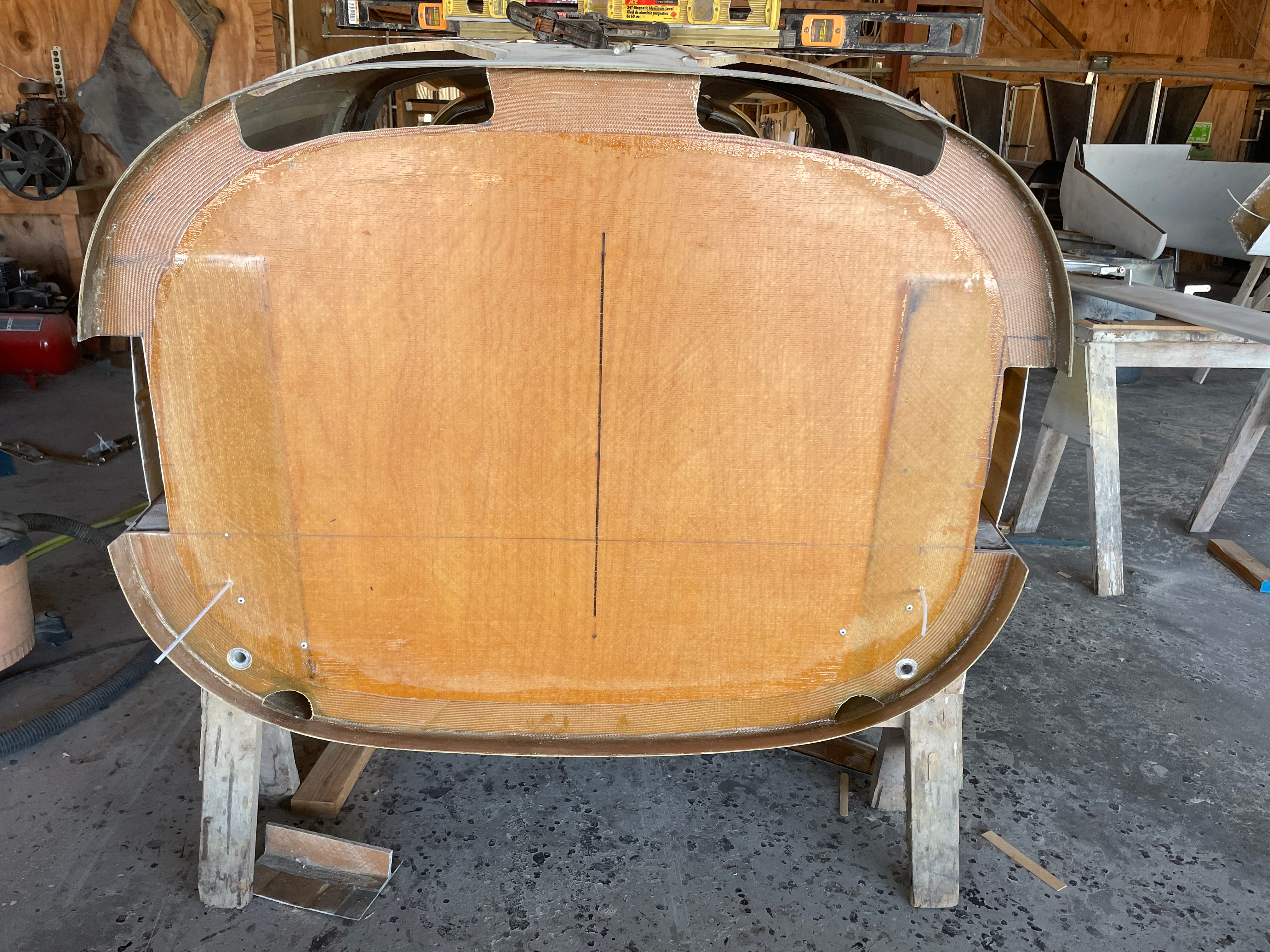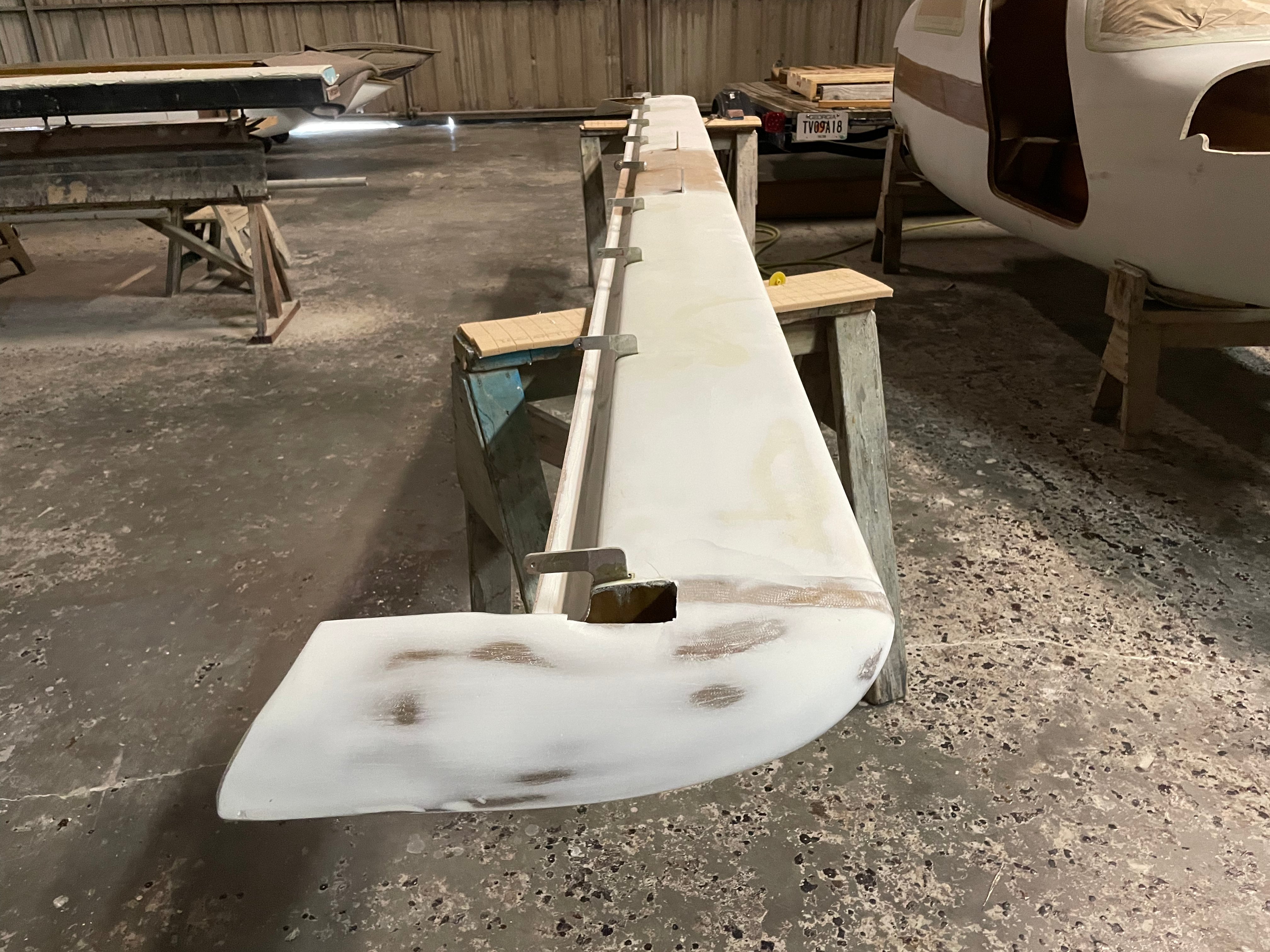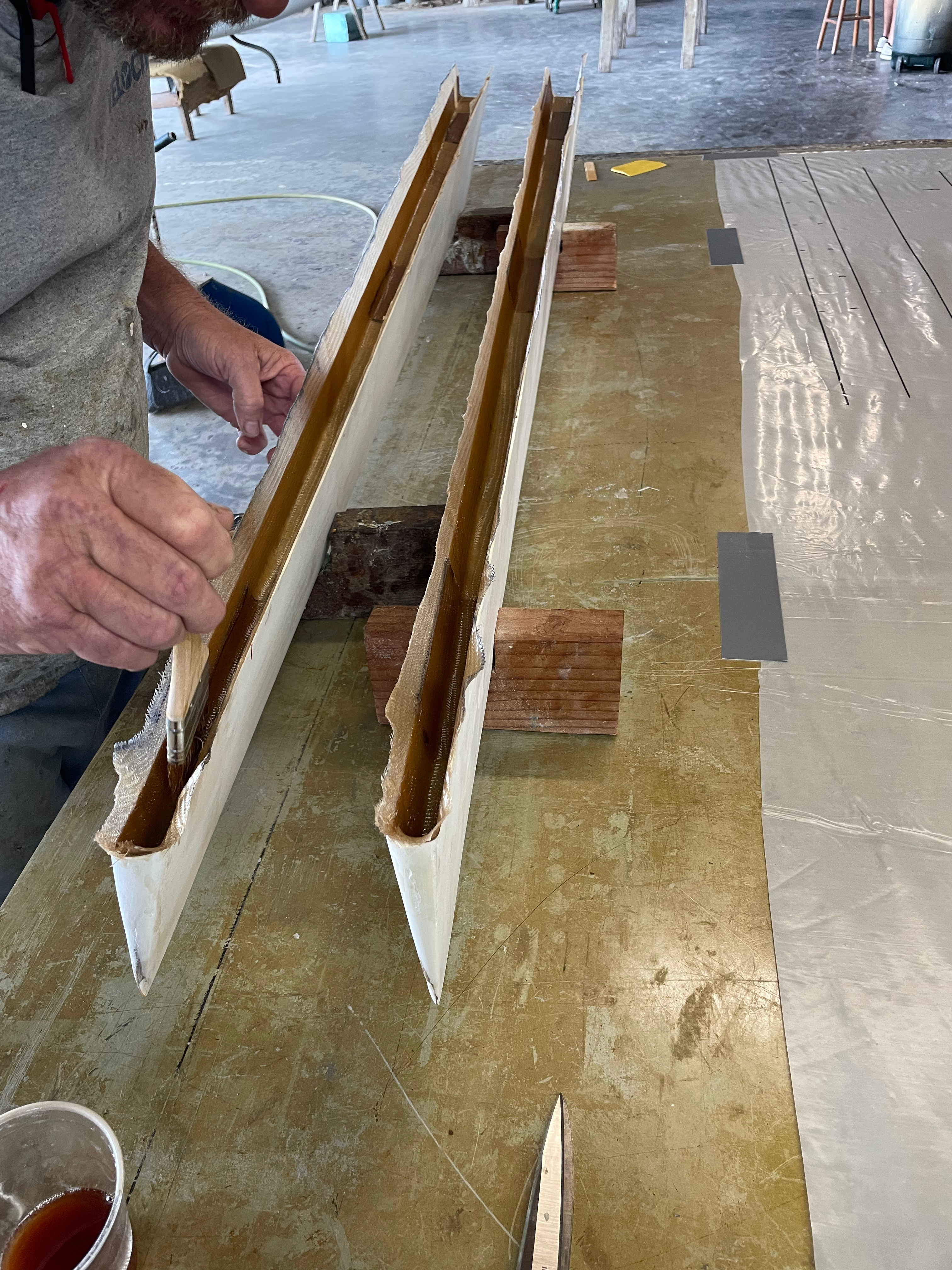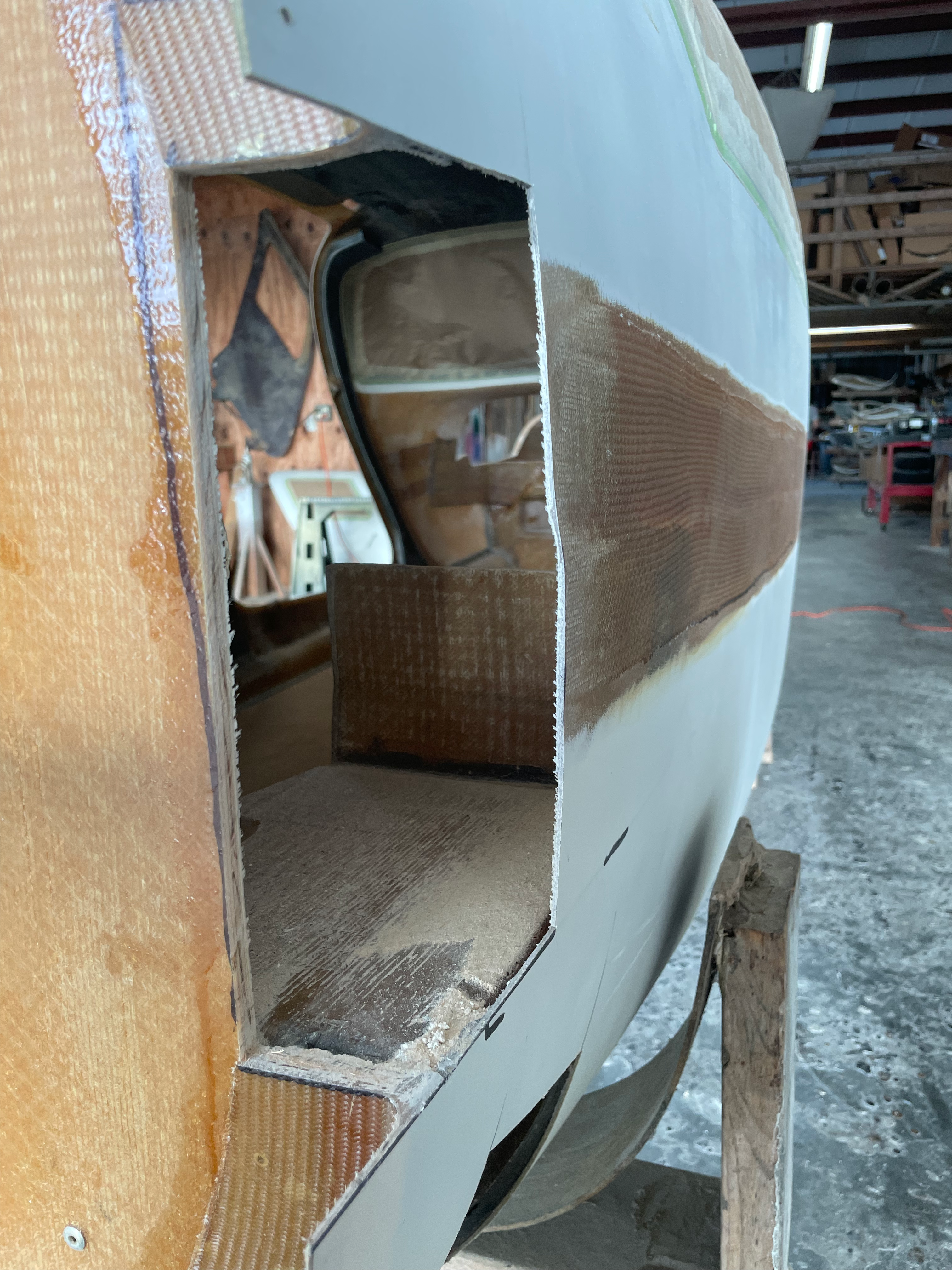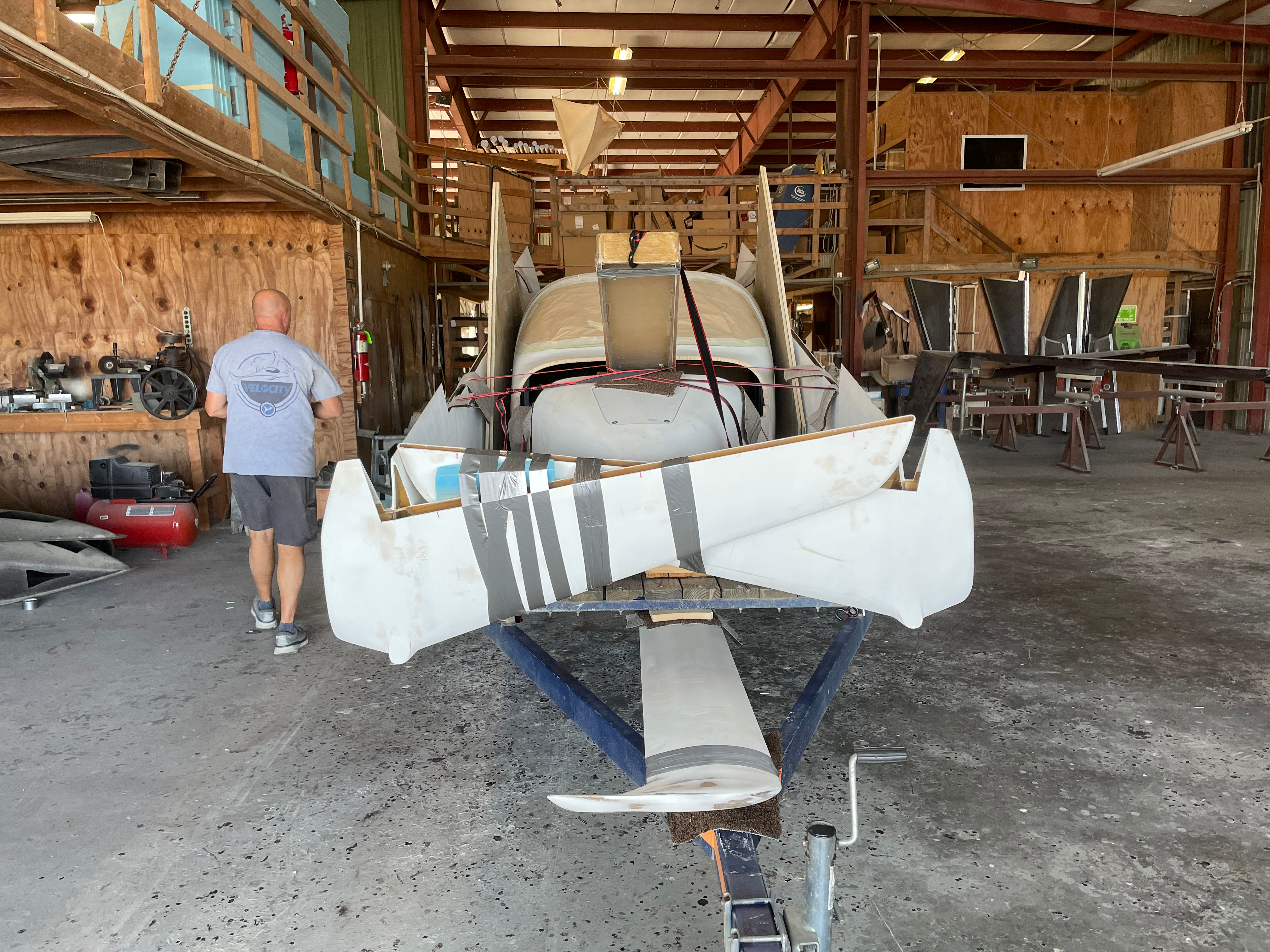After many (many!) attempts and learning’s.
Everything from PCB design via software, PCB manufacture via toner transfer and ensuring your board is soldered correctly has had to be designed, re-engineered and put into practice on almost a production line state of mind.
Finally the initial board is ready to rock!

Completed BeeSafe Board, Version 1
This board features, 5 LED’s; 4 of which are configurable. 3 Temperature Sensors, input for a switch and an I2C based accelerometer. *NB* The board above only has 1 of the three temperature sensors attached as at time of writing the other two sensors were in the post.
This board connects into a Raspberry Pi via the large 26 Pin header in the top left. Connected to the Pi is a USB GPS and USB 3G Data stick. *NB* the Pi’s on board USB ports aren’t able to provide enough power to support the 3G Data stick so an additional hub or secondary PCB will have to be provided should 3G be needed (Which I suspect it will!).
In total the BeeSafe project has the following sensors and communication gateways:
| Circuit Temperature |
BeeSafe Board |
| Brood Temperature |
BeeSafe Board |
| External Environmental Temperature |
BeeSafe Board |
| XYZ Accelerometer |
BeeSafe Board |
| 5 x Status LED’s |
BeeSafe Board |
| Switch Sensor |
BeeSafe Board |
| GPS |
Raspberry Pi |
| 3G Data Modem |
Raspberry Pi |
| Ethernet Connection |
Raspberry Pi |
With the hardware now complete (for the moment!); my attention has turned to the software to power BeeSafe. This is comprised of two parts: Software localised on the device and software hosted in the cloud to collect, store and interpret all the data.
A lot of people have asked why I chose to use the Raspberry Pi to power this device, a micro-controller such as Arduino would have been more than capable of reading temperature sensors, XYZ data, parsing GPS data and submitting it all via a comm’s device to the cloud. But the Pi stands out as a standalone computer. It’s capable of hosting its on database, serve pages and data to other computers and networks. An Arduino works in a single hive, but a Pi could work with many.
An Example; quite often bee hives are clustered together and are known as apiaries. If each beehive had a 1-2-1 connection to the internet that would mean each hive would require a 3G stick, its own sim card and data plan. Quickly the costs of keeping an apiary online would rack up.
Using a Raspberry Pi you could create a star network, one device could become a host. Using a USB WiFi stick to create a local WiFi access point (like your WiFi at home, one hub serves many users with an internet connection). This could keep costs and maintenance down as each apiary would only need one connection to the internet.
Additionally, if there is no cell signal, a Raspberry Pi could be used as a localised storage option for all the data collected. While this means you would loose some of the advantages of monitoring your Bee Hive remotely, the data is still invaluable and could be downloaded at a later point.
The next steps for BeeSafe include a start up program that will scan the hardware and configure everything into appropriate sections. For the moment I am doing this manually using a mix of python scrips to test the internet connection, GPS data, LED’s, temperature and XYZ position.
My ultimate goal is to produce a initial start up script that will on boot, self-test the LED’s, check for internet connection, scan for temperature sensors, check for the presence of an Accelerometer and then store all this data within an XML file to be used by the default BeeSafe program.
An example of the XML configuration file is below:
<?xml version=”1.0″?>
<BeeSafe>
<BeeSafeDeviceID></BeeSafeDeviceID> #Unique Serial Number used to identify the BeeSafe
<RedLED><RedLED> #GPIO Pin number for Red LED
<AmberLED></AmberLED> #GPIO Pin number for AmberLED
<GreenLED0></GreenLED0> #GPIO Pin number for First Green LED
<GreenLED1></GreenLED1> #GPIO Pin number for Second GreenLED
<BoardTemp></BoardTemp> #Identifier for Board Temp Sensor
<BroodTemp></BroodTemp> #Identifier for BroodTemp Sensor
<EnvironmentTemp></EnvironmentTemp> #Identifier for External Temp Sensor
<MagSwitch></MagSwitch> #GPIO Pin number for Magnetic Switch
<XYZ></XYZ> #Identifier for I2C Accelerometer
</BeeSafe>
The BeeSafe Device ID is used to track and log the data submitted by a BeeSafe device, my initial thoughts were that I could use the serial number from the Raspberry Pi attached, but this quickly led to issues as should a user wish to swap out the Pi for another one, the serial number would change and the data would be lost. Additionally I did not want to tie a BeeSafe device to a specific email address as should an individual user have more than one BeeSafe active, managing each device this way could prove to be problematic.
So whats the solution?
A BeeSafe’s Device ID will be generated on demand from the cloud, as a new device comes online and communicates with the cloud for the first time, it will be assigned a device ID which will be saved to the XML config file. While this ID will not be dependent on the PI it is connected to, the Pi’s serial number will be submitted so that should the worst occur and the SD card with the config file be lost, if the same Pi attempts to reconnect to the cloud, as a new user, it will be assigned the same device ID.
From a human perspective; one user can be in control of many BeeSafe devices.
Should the worst occur and the user need to be contacted, if more than one device has an alert status (such as a whole apiary) the user would be alerted once rather than receiving multiple alerts for a cluster of hives suffering the same issue. For example, if a cluster of BeeHives have collapsed, a single alert would be sent out stating that X number of hives currently need attention, rather than bombarding the user with an alert for each individual hive.


